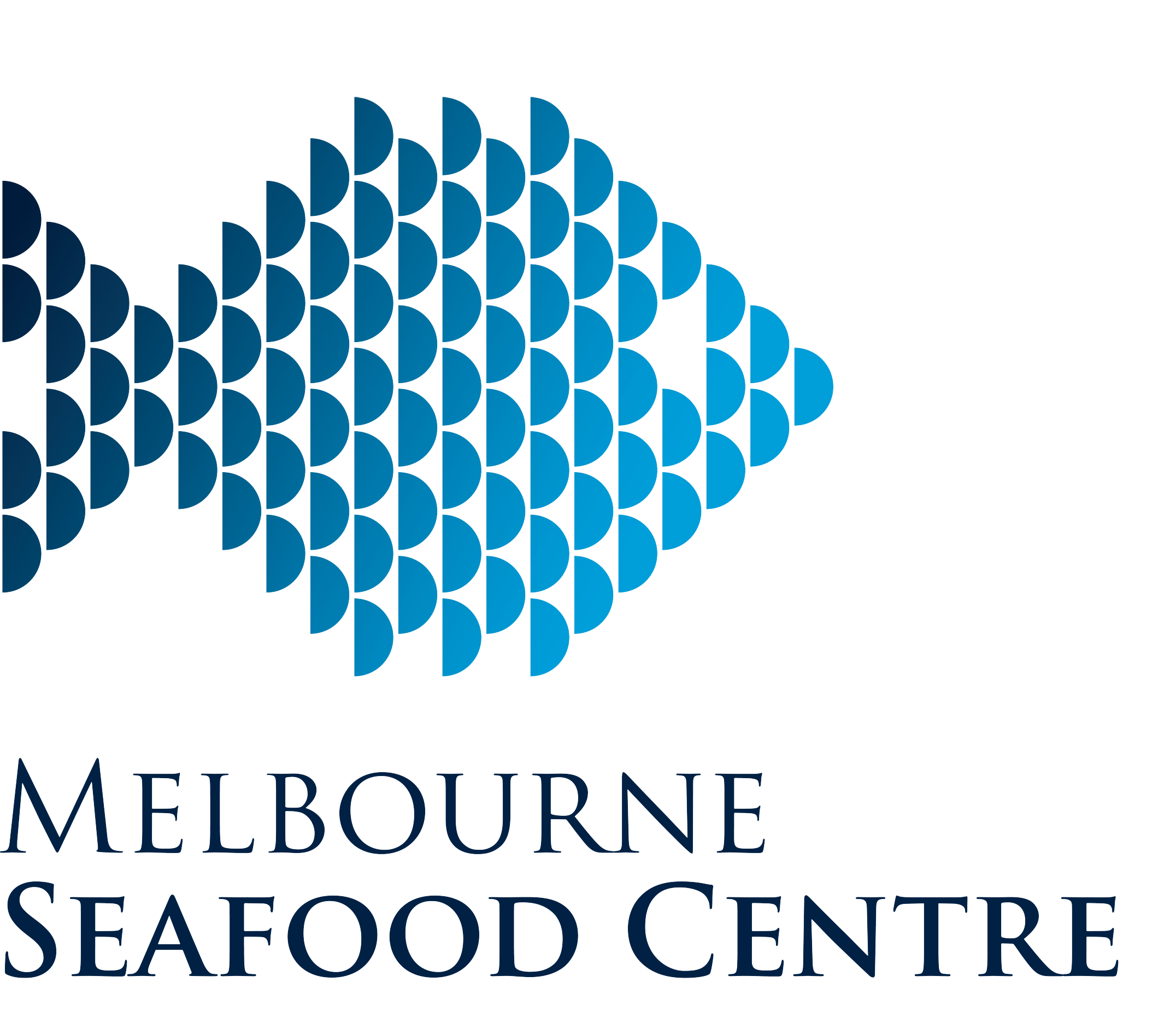SEAGRASS RESTORATION PROGRAM
Corner Inlet VIC
Dr John Ford
Jack Miriklis Pty Ltd – Sponsor of the program
The Corner Inlet commercial fishery is under threat from the loss of seagrass, the critical habitat for fish such as King George whiting and Rock flathead. This decline threatens the supply of local, fresh and sustainable seafood to the Melbourne and Australian markets. A group of concerned commercial fishermen, the Corner Inlet Fisheries Habitat Association, enlisted the assistance of University of Melbourne’s researcher John Ford, to investigate methods for replanting and rehabilitating the lost seagrass beds. In 2016, two important companies in the Corner Inlet Seafood supply chain, Jack Miriklis Group and Crown Resorts, sponsored the project in collaboration with the Fisheries Research Development Corporation.
Seagrass ecosystems are important drivers to productivity in many coastal fisheries, acting as critical habitat for many key species. However, seagrass is significantly threatened from human expansion, catchment disturbance, and coastline development. Globally, seagrass has declined by 29% since 1879, and the rate of this loss is accelerating within our current time. Seagrass provides a diversity of ecosystem services such as nutrient cycling, improvement in fisheries productivity, and permanence of resources for the local industry.
Seagrass restoration has been performed successfully in a number of locations around the world. However, the road to success has often taken decades and numerous trials of different techniques. This project was the first of its type in Victoria and sets the groundwork for future large-scale restoration works in Corner Inlet and beyond. Seagrass restoration was trialled in the spring/summer of 2015 by transplanting fineleaf eelgrass (Zostera nigricaulis) growth shoots, collecting and distributing seagrass seeds. The study took the trials in the Yanakie Basin area of Corner Inlet and followed the results for six months.
The seeding technique was the most promising, and the study was the first to record fineleaf seedlings in the wild. However, poor weather conditions made it difficult for these seedlings to get established during the study. The growth shoot restoration trial yielded disappointing short-term but provided important guidance for future attempts. Analysis of the water and sediment of the restoration sites revealed no pollutants or heavy metals that would prevent the growth of seagrass.
Restoration is only likely to be successful in the Yanakie Basin if they perform seeding on a much larger scale. Even though, most seeds will not produce an adult plant, successful outcomes only require sufficient plants to be present so that they can take advantage of favourable environmental conditions when they arrive.
The project team will continue to pursue opportunities to build upon and expand the important knowledge gained through this experience, Seagrass restoration is a vital tool in building the productivity of the Corner Inlet fishery and ensures its sustainable future.
More info
John Ford, jford@unimelb.edu.au


